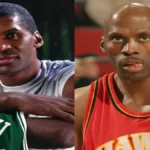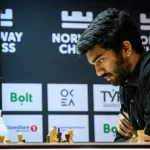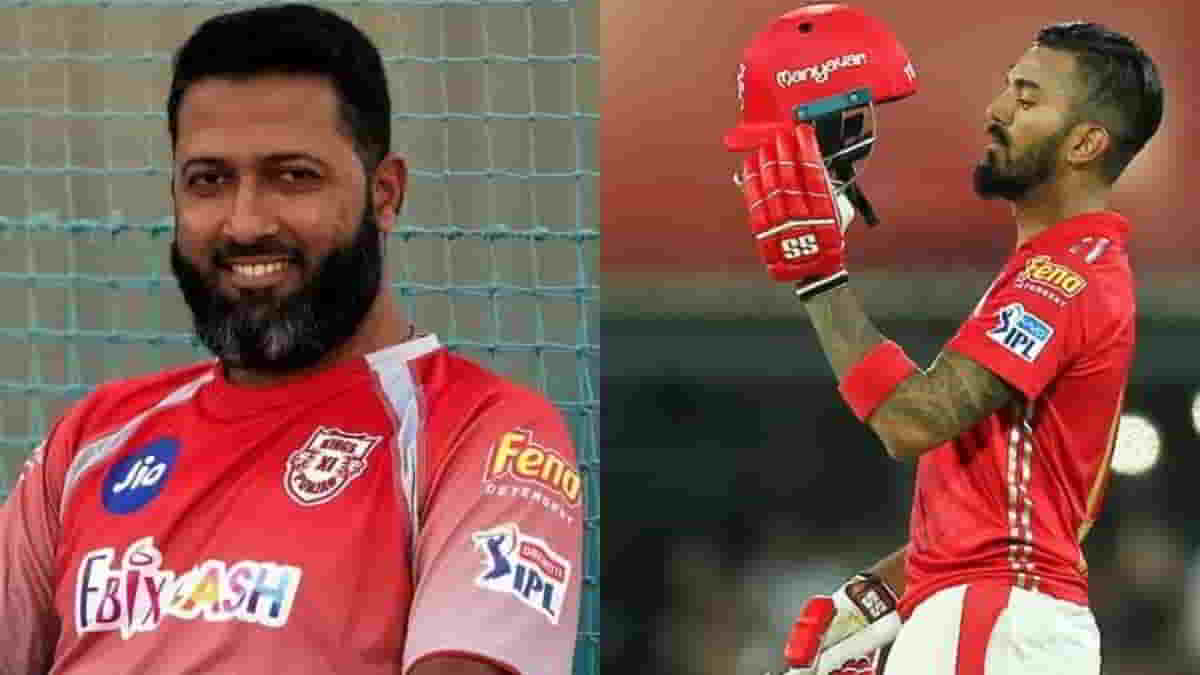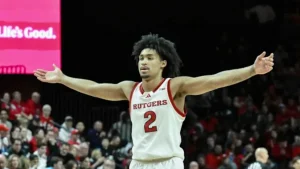To play in the NBA is to be a top-tier men’s professional basketball team in a league governed by the United States and Canadian National Basketball Association. There are 30 teams in the NBA, 29 American and 1 Canadian (Phelps, Bourret, and Walters 14).
What the NBA does to make money?
The NBA is the most inventive of the leading professional North American sports leagues, making money via television rights, merchandise, and ticket sales. Since it is private, the NBA does not provide financial reports. In the 2018-19 season, Forbes valued the NBA’s 30 franchises at $8.76 billion. Each team is worth at least $1 billion, and the average team is worth $2.12 billion, 14% greater than in 2017–18.
Cost of a Successful Team
Among the NBA’s 30 clubs, New York Knicks games have the highest average ticket price. The 2013–14 season marked the costliest in franchise history, with a total fan cost of $878, about $100 more than the next most expensive team, the Los Angeles Lakers, and nearly double the league average of $442. The average retail price of a Knicks ticket is $200, making them the costliest in the NBA. The franchise is also among the top six most expensive in the league for beer, hot dogs, and parking. The Knicks franchise is consistently ranked among the most valuable in sports. With Madison Square Garden already being one of the most recognizable arenas in the world, it will be even more challenging for families to afford tickets now that the team is a legitimate playoff contender.
Cost of an Unsuccessful Team
The Minnesota Timberwolves is off to their best start since 2004, and their premier player, Kevin Love, is a big reason why. Still, the Wolves have a very low TFC of $324, ranking them ninth lowest, which means that resale prices for their home games are substantially lower than normal. Families should take advantage of under-priced resale tickets before the team’s success drives up costs, but they should try to limit their spending at the arena’s concession stands, as the price of beer, soda, and hot dogs is more than typical.
Cost of Contracts, Player Salaries and Staff Salaries
The majority of money is redistributed among all teams that do not exceed the tax threshold (Brown 147). In the past, the New York Knicks would boast $100 million in compensation, pay an additional $30 million to the players, contribute an additional $30 million to the tax fund, and walk away with a positive turnover, in addition to the flamboyant players they had acquired. Some clubs, including Los Angeles, continue to employ such tactics. This year’s compensation budgets amount to around $91 million. This is approximately $40 million over the cap, $20 million over the tax contour, and $60 million in extra burden.
The minimum compensation for ‘All-Star’ players is $12 million, although the team he comes from can pay him up to 25% more than the cap number (maximum: $60 million for four years). Therefore, a new team can pay the player the maximum salary cap (up to $48 million for four years). A star is a player who has played for the same team for four consecutive seasons and has been named to one of the two All-Star teams or the All-NBA squad at some point during the season (Brown 67). On the other hand, practically all ‘Franchise Players’ are given a $17 million cap amount by design. However, he can only be awarded $500,000 per year of service outside the cap limit. The term ‘Franchise Player’ refers to a player who has spent at least four consecutive seasons with the same NBA franchise and has been named to three All-Star teams or two first- or second-team All-NBA squads (Brown 68).
When an All-Star is traded, he often retains the difference between his contract and the team’s salary cap (Phelps et al. 121). On the other hand, franchise players can only refuse the trade, and when they accept it, they drop their accumulated $500k bumps and return to the $17 million cap amount (Sherman 14).
There shall be contracts beyond three years, as stipulated by the player contract limits (Rosner 134). In essence, both parties to the contract can only opt out of the agreement for 60% of the remaining balance. In addition, performance incentives are incorporated into the base salary, and new incentives are added for the following year. Consequently, performance incentives earned in one season can only become part of the base wage in the next year.
“Get more sports news, cricket news, and football updates, log on to sportsdigest.in. Follow us on Facebook or Twitter and Subscribe to our YouTube Channel.”




























